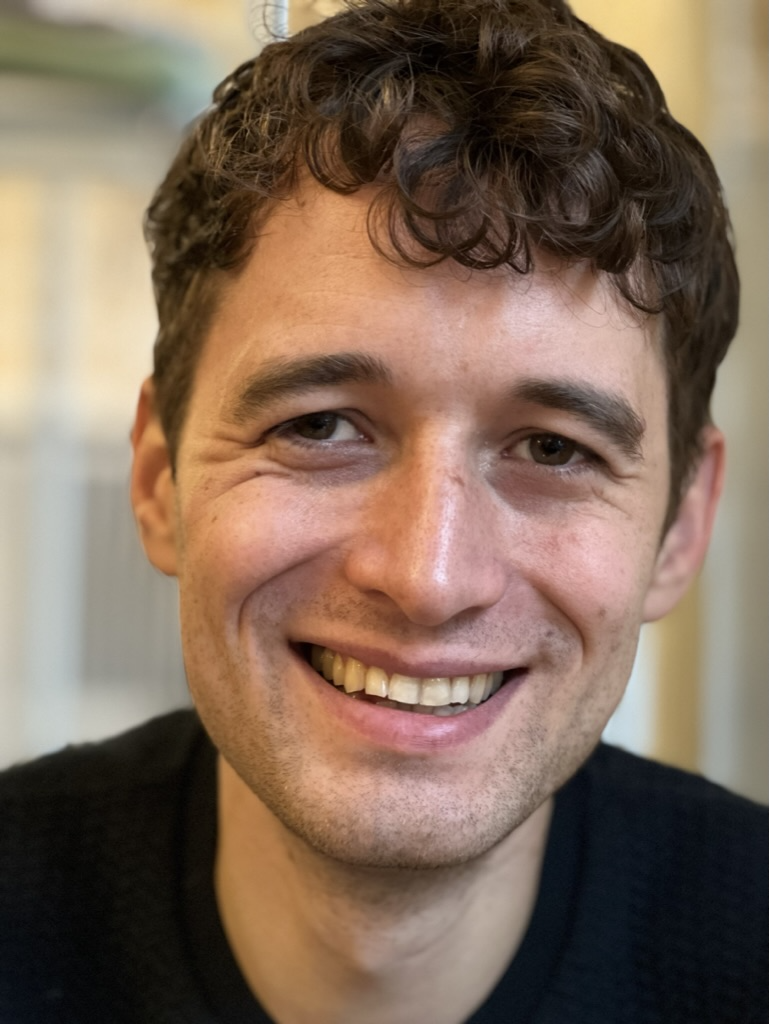I am a physicist, currently working as a PostDoc as part of the STRUCTURES Cluster of Excellence at Heidelberg University. I love working on challenging open ended questions, which can be approached theoretically but have practical constraints.
Research
I am broadly interested in both algorithmic and theoretical aspects of physical computing and in particular spiking neurons, neuromorphic and quantum computing. My main research interests are
- Gradient-based learning in Spiking Neural Networks
- Differentiable Simulation of Neuron Dynamics and other Dynamical Nets
- Physical Computation and Learning in Physical Systems
- Optimal Control Theory applied to (Machine) Learning
One main result I obtained during my PhD, in collaboration with Timo Wunderlich, is an event-based analog of the backpropagation algorithm for spiking neural networks, that computes exact gradients for arbitrary network topologies and a large class of loss functions, overcoming the commonly held belief that spike discontinuities meant that no exact gradient with respect to parameters could be defined.
In collaboration with Christof Wetterich I worked on approximating quantum density matrices by correlations in classical spin systems. To do so we used a novel gradient-based end-to-end optimisation approach to neural sampling with networks of spiking neurons, without any assumption on an equilibrium distribution.
During my Master's thesis supervised by Timo Weigand I proposed a novel method to count massless matter in string theory (F-Theory). My bachelor's thesis supervised by Arthur Hebecker was on complex structure deformations and moduli spaces of elliptically fibered Calabi-Yau fourfolds.
For more details see my research statement.
Publications
A list of my publications and preprints can be found on Google Scholar.
